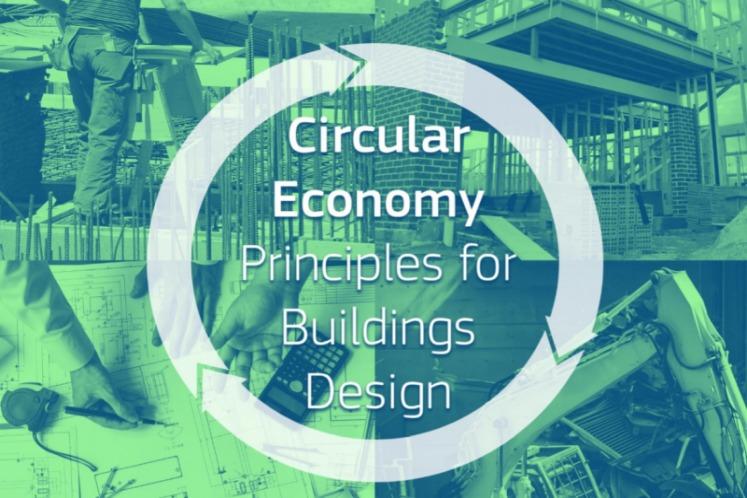Designing buildings in the context of the circular economy

The aim of this document is to inform and support actors along the construction value chain, this document provides principles for circular design of buildings. Behind these principles lie a vast amount of knowledge and information. The document is aligned with the launch of Level(s), a voluntary reporting framework to improve the sustainability of buildings.
In particular, this document contributes to Level(s) Macro-objective 2: Resource efficient and circular material life cycles. This macro-objective is about the reduction of waste, the optimisation of material use, and the reduction of environmental impacts of designs and material choices throughout the life cycle.
It is possible to reach this macro-objective through specific objectives or “life cycle tools: scenarios for building lifespan, adaptability and deconstruction”:
- Durability: building and elemental service life planning, encouraging a medium to long term focus on the design life of major building elements, as well as their associated maintenance and replacement cycles;
- Adaptability: to extend the service life of the building as a whole, either by facilitating the continuation of the intended use or through possible future changes in use – with a focus on replacement and refurbishment;
- Reduce waste and facilitate high-quality waste management: facilitate the future circular use of building elements, components and parts, with a focus on producing less waste and on the potential for the reuse, or high-quality recycling of major building elements following deconstruction.
The target audience of this paper is construction industry actors, including economic operators in the value chain, policymakers, legal and technical actors.
- URL of the publication: https://ec.europa.eu/growth/content/designing-buildings-context-circular-economy...
Additional documents
News published on Build Up Publications
Consult the source



